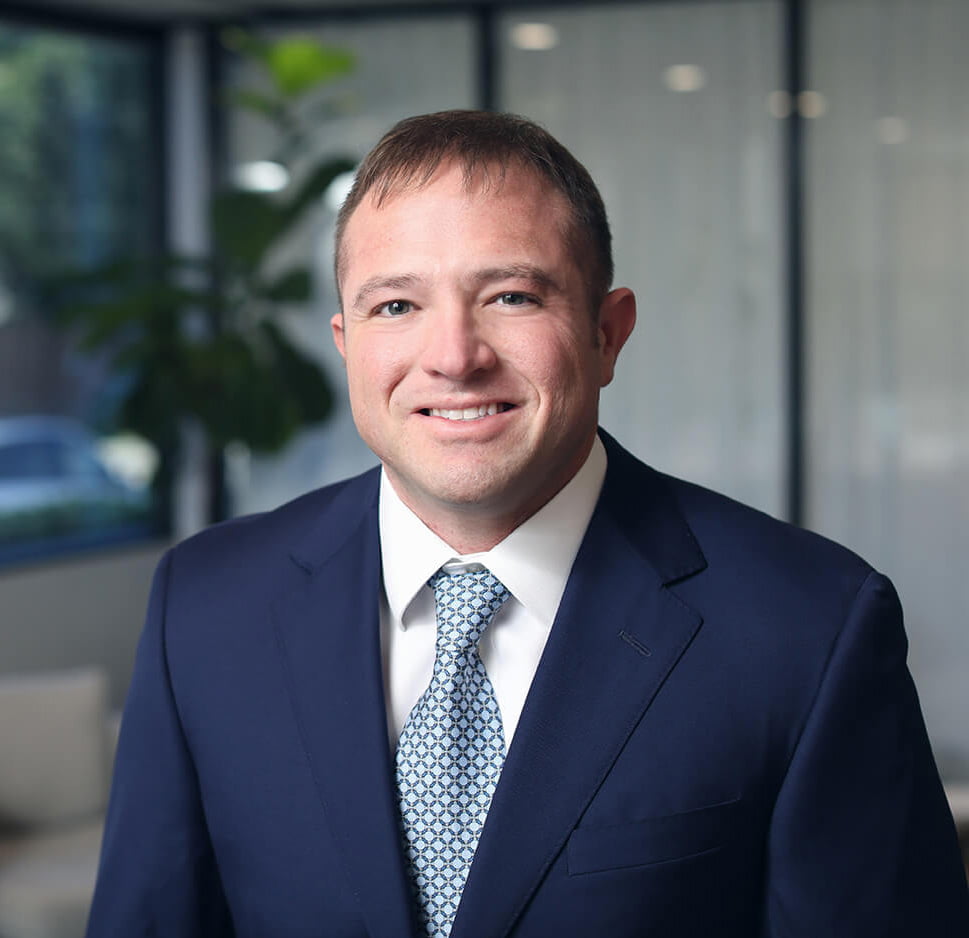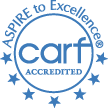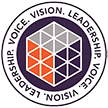When you think of addiction treatment, you might think of some classic “rehab” movies. Hollywood has profited by depicting people struggling with addiction and finding their way out. Oldies but goodies like 2000’s 28 Days, 1994’s When and Man Loves a Woman, and 1988’s Clean and Sober all include narratives about characters going off to rehab and then emerging clean and sober, 28 or 30 days later. The movie, Flight, on the other hand, shows the main character standing up at a 12-step recovery meeting in jail. While 28 or 30 days in a closed treatment facility and support group meetings in jail are certainly examples of how some people find sobriety, they aren’t the only approaches. Actually, the American Society of Addiction Medicine (ASAM) has identified 5 levels of care for substance use treatment, and ensuring that people receive the least restrictive care necessary is a major assessment goal. Let’s take a look.
Level 0.5: Early Intervention Services – These services are offered to adults and adolescents identified as being at risk of developing a substance use disorder. These services tend to be educational in nature focusing on identifying risk factors and informing clients about the negative and sometimes dangerous consequences of substance misuse. These programs vary in duration based on client needs and progress. Clients involved in these services are monitored closely and may be referred to a higher level of care if they meet diagnostic criteria.
Level 1: Outpatient Services (OP) – These services are offered to adults and adolescents who meet criteria for a substance use disorder. Adult clients attend up to 9 hours of clinical programming per week, while adolescents engage in up to 6 hours. Clients can engage in treatment while living at home or in another suitable environment. Outpatient services include clinical evaluation, therapeutic services, and education focused on addressing the severity of the client’s substance use, encouraging behavioral change, and improving mental functioning. This level of care can be used as a “step down” from higher levels of care, and it is often the first step for those not ready or able to commit to a more intense or restrictive program.
Level 2: Intensive Outpatient (IOP) and Partial Hospitalization Services (PHP) – Intensive Outpatient and Partial Hospitalization offer more structure than Outpatient treatment services but are still appropriate for individuals who aren’t ready or able to engage in residential care. Both give clients the ability to engage in treatment while living at home or in another safe environment. Treatment at these levels include clinical counseling and psychoeducation as well as psychiatric and medical care either offered through referral or on site. The defining feature of these two services is increased treatment time. Intensive Outpatient programs offer more than 9 hours of treatment per week for adults; treatment may be offered at different times of the day to allow for work, school, or family obligations. Partial Hospitalization programs include 20 or more hours of treatment per week with clients spending several hours per day engaged in treatment activities. The duration of programs vary, but 60 to 90 days seems to be the norm. Like Outpatient treatment, Intensive Outpatient and Partial Hospitalization may be used as steps down in an individual client’s continuum of care.
Level 3: Residential/Inpatient Treatment Services – Residential or Inpatient treatment programming is appropriate for patients who may have developed functional deficits due to their substance use, have co-occurring mental health disorders, or who require a safe, structured living environment that significantly reduces access to substances and people and environments associated with substance use. This level of care has 4 sub-levels that are defined by the intensity of care and the level of medical and psychiatric involvement. Residential facilities offer around-the-clock staffing and a full schedule of counseling, group work, education and other recovery oriented activities. Additionally, this level of care may include programming for co-occurring mental health issues. The duration of treatment varies, but 30 to 45 days is common. Longer treatment stays may be necessary or recommended at facilities offering more intense programming and medical/psychiatric interventions.
Level 4: Medically Managed Intensive Inpatient Services – This is the most intense level of care and includes medical evaluation and care 24 hours per day. Patients meet with a physician daily. The focus is on medical/psychiatric stabilization and the goal is to assist the patient in stepping down to a less intense level of care.
There you have it! Those are the major levels of treatment programming. If you’re wondering how you’re supposed to know which level of care you need, don’t worry. You don’t have to know. All you need to know is that you want help. When you reach out to a treatment center, the professionals at that facility will schedule you for an assessment. They will sit down with you either in person or over the phone and conduct a complete evaluation to determine which level of care will best suit your needs. Treatment is not a one-size-fits-all undertaking, and the professionals in this field know that. There are many factors that play into which level of care is the best, and least restrictive fit, and assessment professionals are trained to make those determinations and to discuss them with you.
If you or someone you love is struggling with substance use or addiction, please reach out. You can visit the Substance Abuse and Mental Health Services treatment finder to locate a treatment center in your area. You are also welcome to contact us here at Luna Recovery Services by calling 1-888-448-LUNA or reaching out to chat live with a representative by hitting the LIVE CHAT button in the bottom right-hand corner of our Home Page. Our trained staff is happy to help you find what you need.
Dr. Allaire received his Bachelors of Science in Biology from the University of Houston, as Valedictorian of the College of Natural Sciences and Mathematics, and his Medical Doctorate from Baylor College of Medicine, where he served as Chief Resident. He is the medical monitor for the Physician Counseling Committee of the Harris County Medical Society and the Medical Director of Serenity House Detox. Dr. Allaire specializes in medically assisted detox cases, treating patients in recovery from addiction or other mental health disorders, the medical assessment and monitoring of patients with addictive disorders, medical care related to eating disorders and the medical treatment of patients with mental health conditions.



